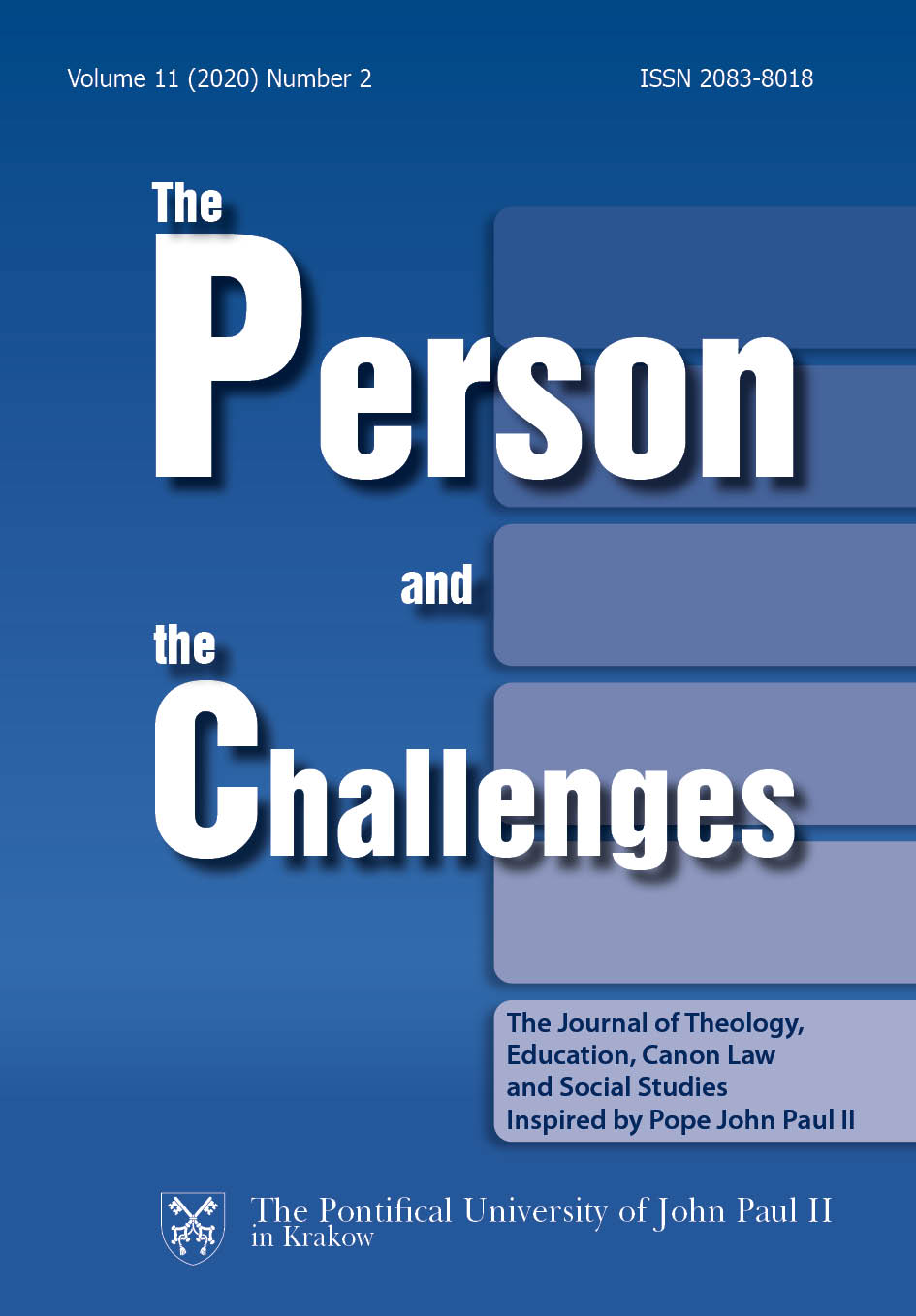Lauda Sion, Salvatorem Sequence and its Polish Translations in the Source Songbooks
DOI:
https://doi.org/10.15633/pch.3759Keywords:
Eucharist, worship, sequence, singing, translationsAbstract
Research on the sequence Lauda Sion, Salvatorem dedicated to the Corpus Christi ceremony, allowed us to find and analyze over a dozen translations into Polish of this 13th century Latin pattern. It consists of 12 pairs of stanzas, with their parity – according to the poetics of the sequence – is emphasized by the conformity of a sound of the final verses of each pair of the stanza and the remaining verses are connected by adjoining rhymes, usually feminine, accurate, with aab + ccb scheme. We know most translators by name: Stanisław Grochowski, Jan Białobocki, Stanisław Serafin Jagodyński, Father Ignacy Hołowiński, Father Tadeusz Karyłowski, Jadwiga Gamska-Łempicka, Leopold Staff, several translations are anonymous. All Polish translations agree with the original on the content. However, differences appear in the form, structure of the poetic sequence, number of stanzas and in metrics. The common knowledge of the sequence Lauda Sion, Salvatorem, was probably the fruit of the great Eucharistic devotion in Poland, which was marked already in the 13th century, when the Church introduced the feast of Corpus Christi and lasted for the next centuries, up to the
20th century.
References
Analecta hymnica medii aevi, Hrsg. Von Guido Maria Dreves, Clemens Blume, Henry Bannister, Bd. I–LV, Leipzig 1886–1922.
Banaszak M., Hołowiński Ignacy, in: Słownik Polskich Teologów Katolickich, ed. H. E. Wy-
czawski, vol. 2, Warszawa 1982, pp. 57–59.
Chwal Syjonie, in: Leksykon liturgii, ed. B. Nadolski, Poznań 2006, p. 717.
Garnczarski S., Polska pieśń adwentowa w drukach od XVII do XX wieku, part I, Tarnów 2014.
Garnczarski S., Polskie pieśni na Boże Ciało w Kancjonale S.S. Jagodyńskiego, „Roczniki Teologiczne” vol. 65, z. 13 (Musicology) – 2018, pp. 95–113.
http://www.pbp.webd.pl/tkop1/gamskalempicka3.pdf (21.02.2020).
https://culture.pl/pl/tworca/leopold-staff (21.02.2020).
Hymny brewiarza i sekwencje mszału przełożył Leopold Staff, Warszawa 1962.
Hymny średniowieczne przełożyła Jadwiga Gamska-Łempicka. Rzeczowo o hymnach napisał Józef Birkenmajer, Lwów 1934.
Lewański J., Grochowski Stanisław, w: Polski słownik biograficzny, red. E. Rostworowski et al., vol. VIII, Wrocław–Kraków–Warszawa 1959–1960, pp. 597–599.
Michałowska T., Średniowiecze, Warszawa 2008.
Morawski J., Średniowiecze, part I until 1320, in: Historia muzyki polskiej, ed. S. Sutkowski, Warszawa 2011.
Pikulik J., Indeks sekwencji w polskich rękopisach muzycznych. Sekwencje zespołu rękopisów tarnowskich, Warszawa 1974.
Piwoński H., Indeks sekwencji w zabytkach liturgicznych Krzyżaków w Polsce, ABMK 49: 1984, pp. 221–224.
Repertorium hymnologicum. Cataloque chants, hymnes, proses, séquences, tropes ex usage dans L’église latine Depuis les origines usqu’a nos jours Le chanoine Ulysse Chevalier, vol. I–II, Louvain 1892–1897.
Stanisława Serafina Jagodyńskiego Pieśni katolickie nowo reformowane z polskich na łacińskie, a z łacińskich na polskie przełożone, niektóre też nowo złożone, Introduction and study Fr. Stanisław Garnczarski, Transcription of Polish text and commentary Jan Godyń, Tarnów 2011.
Walkusz J., Keller Szczepan, in: The Catholic Encyclopedia, vol. 8, ed. B. Migut et al., Lublin 2000, column: 1332–1333.
Downloads
Published
Issue
Section
License
Authors who publish with this journal agree to the following terms:
- Authors retain the copyright and full publishing rights without restrictions, and grant the journal right of first publication with the work simultaneously licensed under a Creative Commons Attribution 4.0 International License that allows others to share the work with an acknowledgement of the work's authorship and initial publication in this journal.
- Authors are able to enter into separate, additional contractual arrangements for the non-exclusive distribution of the journal's published version of the work (e.g., post it to an institutional repository or publish it in a book), with an acknowledgement of its initial publication in this journal.
- Authors are permitted and encouraged to post their work online (e.g., in institutional repositories or on their website) prior to and during the submission process, as it can lead to productive exchanges, as well as earlier and greater citation of published work (See The Effect of Open Access).

